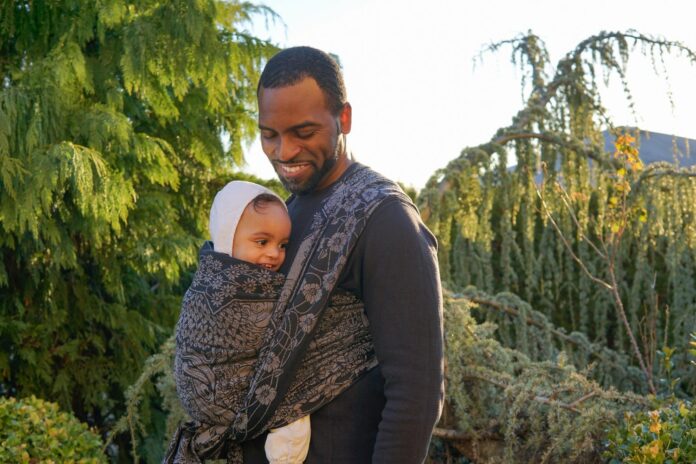Have you ever wondered when is the perfect moment to start using a baby carrier? Some parents reach for one almost immediately, while others hesitate, unsure if their little one is ready. According to a recent survey, 85% of parents found that using a carrier early on improved their daily routines significantly.
Key Points
- Newborns can be carried with proper support.
- Consult a pediatrician if unsure about readiness.
- Choose the right type based on your baby’s age.
- Focus on safety and comfort for both parent and child.
- Adjust positions as your baby grows.
Newborns and Baby Carriers: What You Should Know
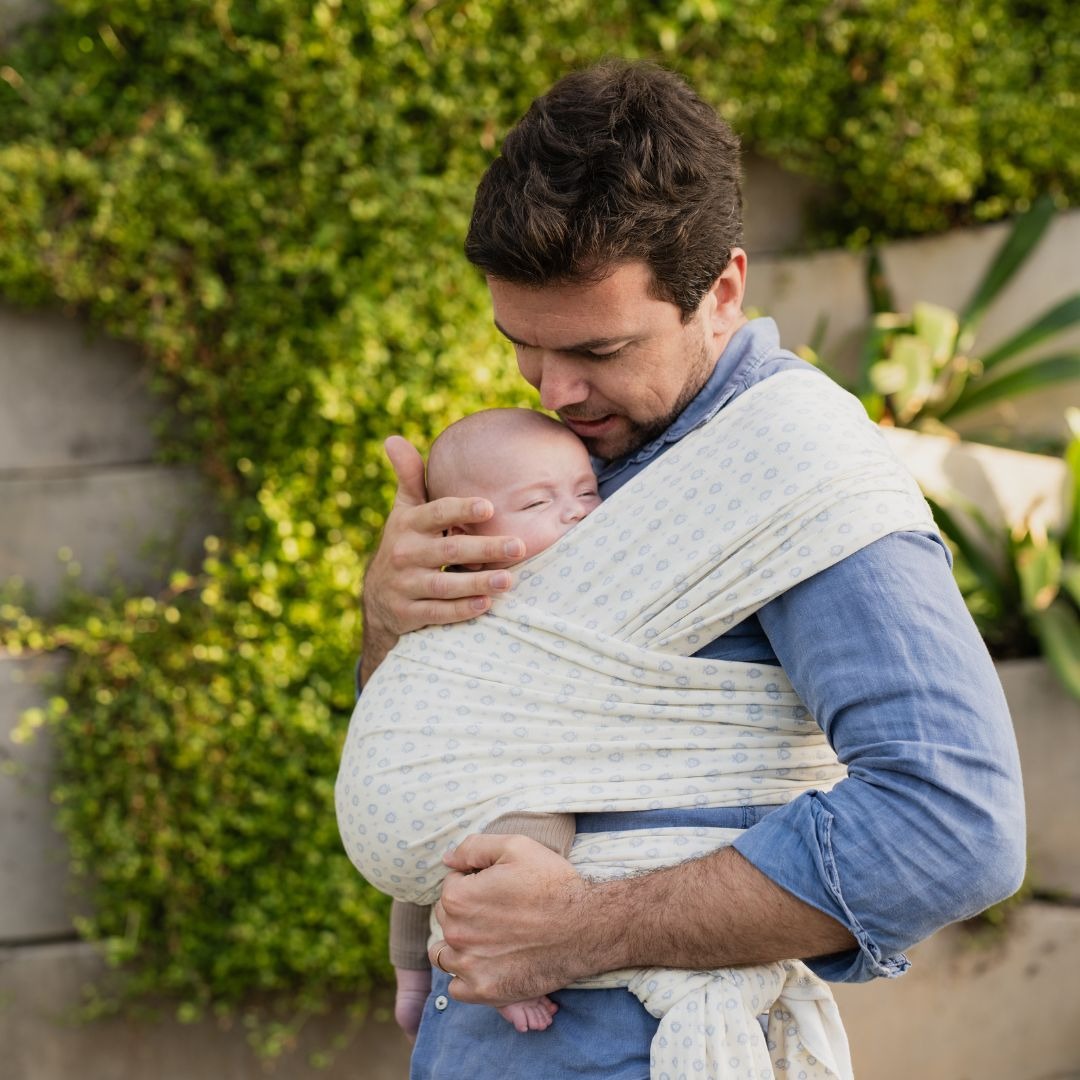
Newborns are delicate, and their neck muscles are not yet strong enough to support their heads. That’s why choosing the right option matters.
For newborns, soft structured wraps or slings provide the necessary support. When picking baby carriers, look for designs that allow for adjustable head and neck support. They should also support the hips in a healthy, ergonomic position.
It’s essential to remember that every newborn is different. Some may feel more comfortable in a wrap-style carrier that mimics the cozy environment of the womb, while others may prefer a slightly more structured option with better head support.
Always ensure that your baby’s face remains visible, their chin isn’t tucked into their chest, and that their breathing is unobstructed.
Benefits of Using a Carrier for Newborns
- Encourages bonding through skin-to-skin contact.
- Helps regulate body temperature and heart rate.
- Provides comfort and security, reducing fussiness.
- Supports healthy hip development.
- Reduces parental stress by allowing hands-free multitasking.
Signs Your Little One Is Ready
Not all babies develop at the same pace. However, some signs indicate readiness:
- Strong Neck Control: Your child should hold their head up without assistance. This typically happens around 4 months of age.
- Consistent Weight Gain: Healthy weight gain shows good physical development, indicating readiness for longer periods in a carrier.
- Flexed Hips: Legs should naturally bend into the “M” position, promoting healthy hip development.
- Increased Alertness: Babies who enjoy observing their surroundings often find comfort in carriers as it keeps them close to the action.
If unsure, consult a pediatrician.
Best Age to Introduce a Baby Carrier
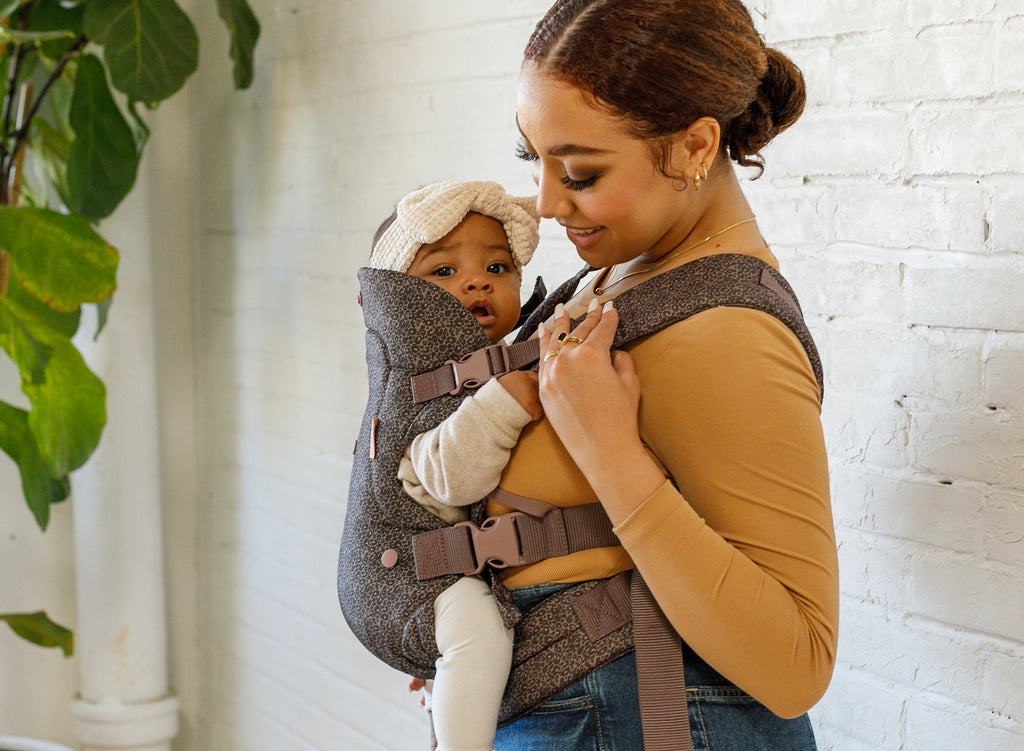
Many parents start using a carrier as early as the first few weeks, provided the infant meets safety criteria. Around 4-6 months, babies gain stronger neck control, making it easier to carry them in different positions.
- 0-4 Weeks: Use soft wraps with ample neck support. This period is perfect for bonding and keeping your newborn close.
- 2-4 Months: Transition to structured designs as control improves. Babies become more curious and enjoy seeing the world around them.
- 6+ Months: Front-facing positions become an option, offering a new perspective for your baby and enhancing cognitive development.
FUN FACT:
Did you know that babywearing has been practiced for centuries across cultures worldwide? It’s one of the oldest ways to keep your baby close while staying mobile.
Types of Baby Carriers Suitable for Different Ages
Choosing the right style depends on your child’s age and developmental stage:
1. Wraps
Ideal for newborns due to their snug fit and flexibility. They provide excellent support for tiny bodies and allow parents to adjust the fit easily. The fabric molds to your baby’s shape, offering a womb-like environment that promotes a sense of security.
2. Ring Slings
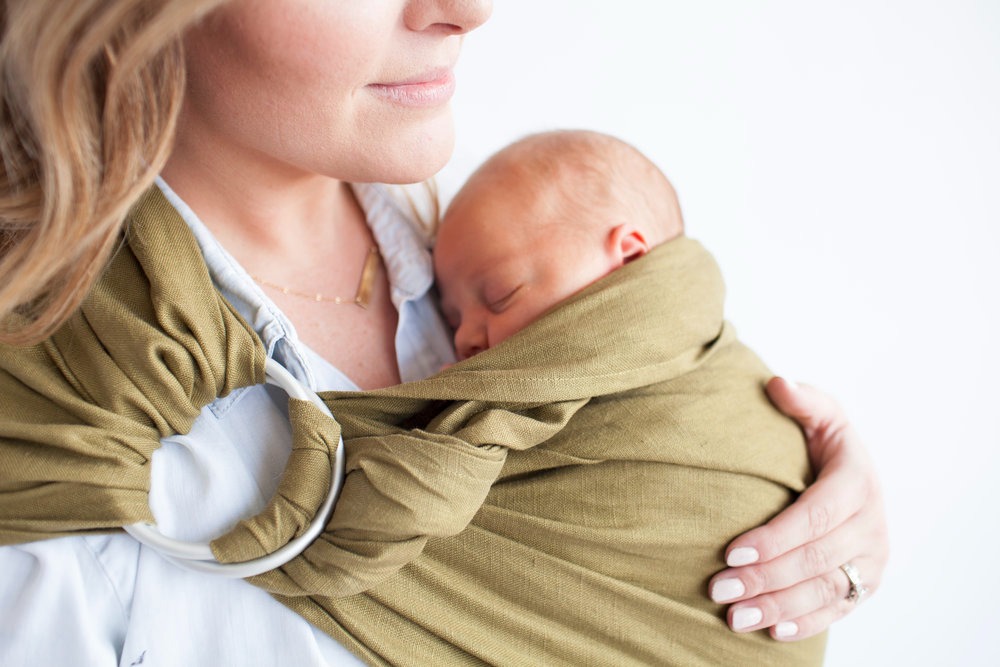
Good for quick adjustments and short trips. Suitable for infants and toddlers, they allow for easy breastfeeding on the go. Their simple design makes them a favorite for many parents who prefer lightweight options.
3. Soft Structured Designs
Perfect for older infants with good neck control. Offers padded straps for comfort and better weight distribution, making them great for longer outings. They often come with adjustable features to grow with your child.
4. Backpack Style
Designed for toddlers who can sit unassisted. Great for long adventures like hiking, they provide excellent back support for parents and allow toddlers to enjoy an elevated view of their surroundings.
Safety Tips for Babywearing
Always prioritize safety:
- Check the Carrier: Ensure buckles and straps are secure. Regularly inspect for wear and tear.
- Airway Visibility: Your child’s face should always be visible to monitor breathing.
- Proper Positioning: Keep hips in the “M” position to support healthy joint development.
- Monitor Temperature: Babies can overheat quickly, especially in warm climates or during physical activity.
- Practice Before Use: Try wearing the carrier with a doll or stuffed animal first to build confidence.
Common Mistakes to Avoid
Parents sometimes make simple mistakes that can affect comfort and safety:
- Incorrect Position: Legs dangling can stress the hips and spine.
- Loose Straps: Reduces support and stability, increasing the risk of slippage.
- Covering the Face: Risk of restricted airflow, which can be dangerous.
- Ignoring Baby’s Cues: Fussiness might indicate discomfort or an improper fit.
Benefits of Using a Baby Carrier Early
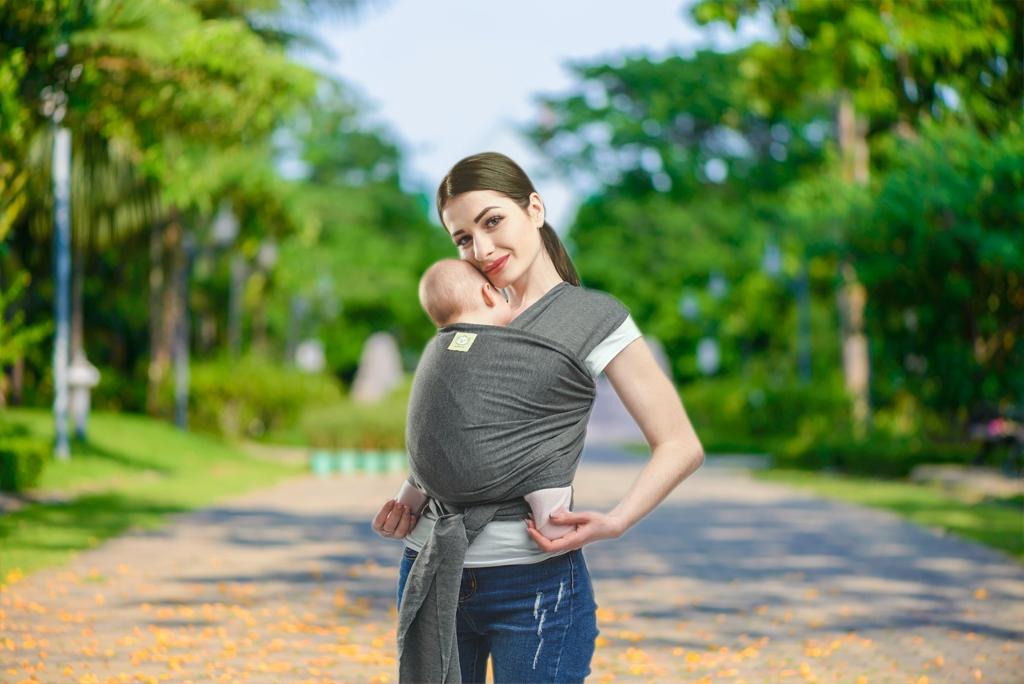
Starting early can have significant benefits:
- Bonding: Promotes closeness and emotional security, strengthening the parent-child connection.
- Convenience: Frees your hands for other tasks, making daily activities easier.
- Soothing: Gentle movement helps calm fussy babies, mimicking the motion felt in the womb.
- Physical Development: Encourages healthy hip and spine alignment through ergonomic positioning.
- Better Sleep: Many babies fall asleep faster when being carried due to the gentle rocking motion.
How to Choose the Right Baby Carrier
When selecting a carrier, consider:
- Adjustability: For different caregivers and growing babies, ensuring a snug fit every time.
- Comfort: Padded straps and ergonomic design matter, especially for extended wear.
- Ease of Use: Simple buckling systems save time, especially when out and about.
- Breathable Materials: Prevents overheating and keeps your child comfortable in all seasons.
- Weight Limits: Check manufacturer guidelines to ensure it suits your baby’s size.
Transitioning Between Positions
As your baby grows, their needs will change:
Front Carry (Facing In)
Best for newborns and infants needing head support. This position fosters closeness and allows babies to nap comfortably against your chest.
Front Carry (Facing Out)
Suitable after 6 months when neck control is strong. Perfect for curious babies who love observing the world, but limit use to short periods to avoid overstimulation.
Hip Carry
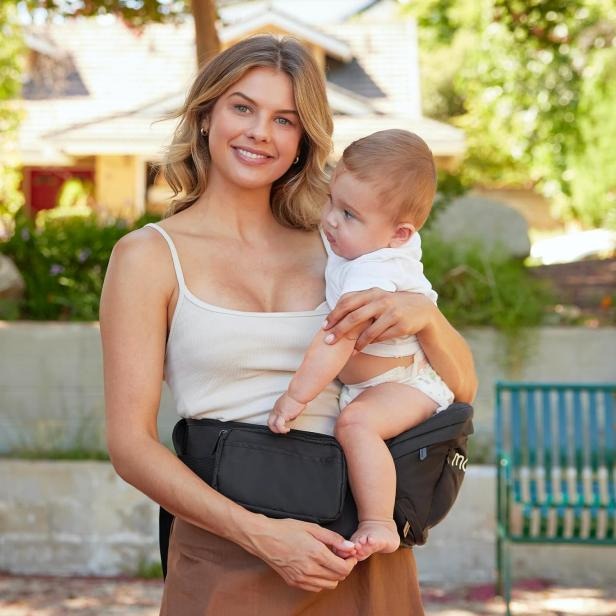
Great for older babies who enjoy looking around. Offers a natural position for both parent and child, distributing weight evenly across the hips.
Back Carry
Ideal for toddlers on longer adventures. Provides excellent support for heavier children and allows parents greater freedom of movement.
How Long Can You Use a Baby Carrier Each Day?
Parents often ask how long it’s safe to keep their child in a carrier. While there’s no strict rule, it’s best to follow your baby’s cues.
- Newborns: Start with short sessions of 30 minutes to an hour.
- Infants: Gradually increase as your baby shows comfort, up to a few hours with breaks.
- Toddlers: Longer durations are possible, especially in backpack carriers designed for extended use.
Always ensure regular breaks to allow for stretching and movement.
Final Thoughts
There is no universal answer for when to start using a baby carrier. It depends on your child’s development and your comfort level. Trust your instincts, observe your child, and consult a pediatrician if needed. Remember, safety and bonding come first.

